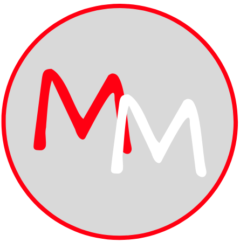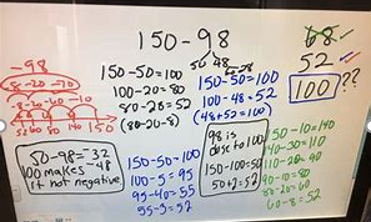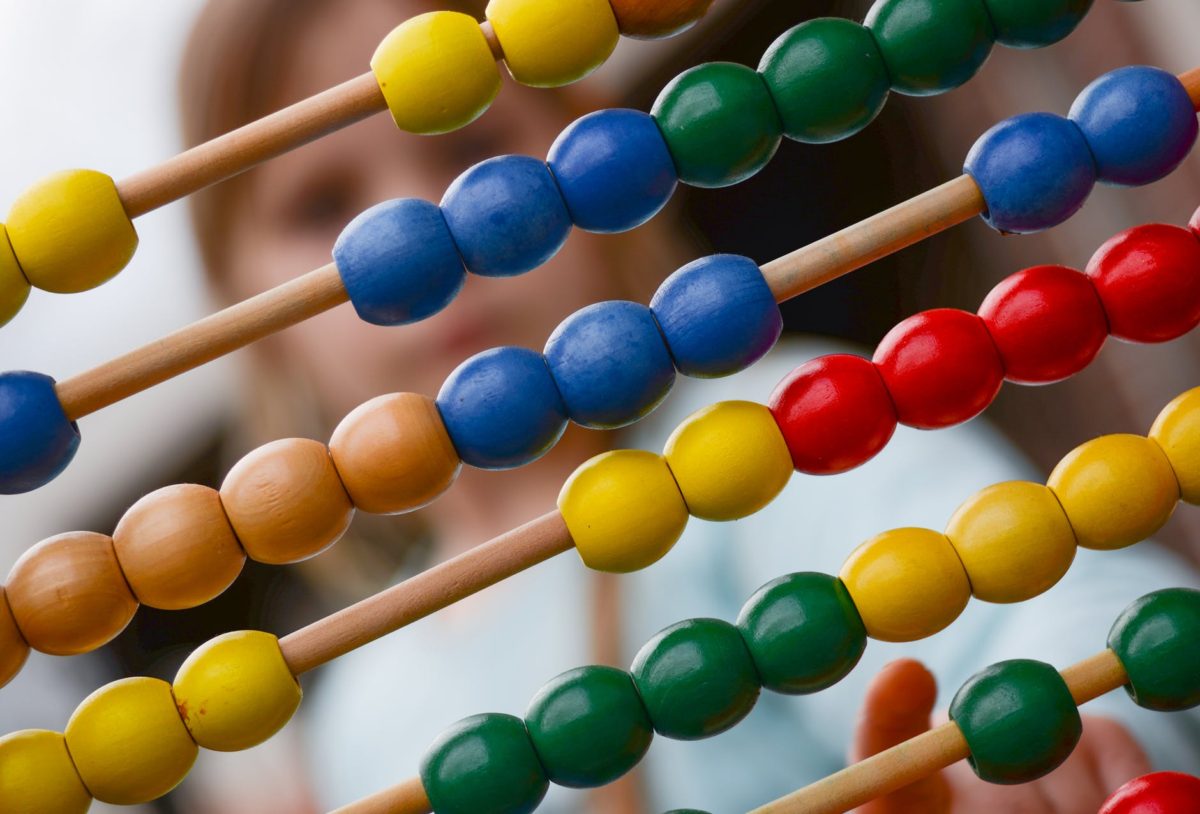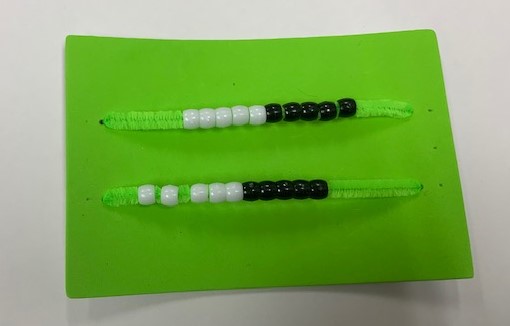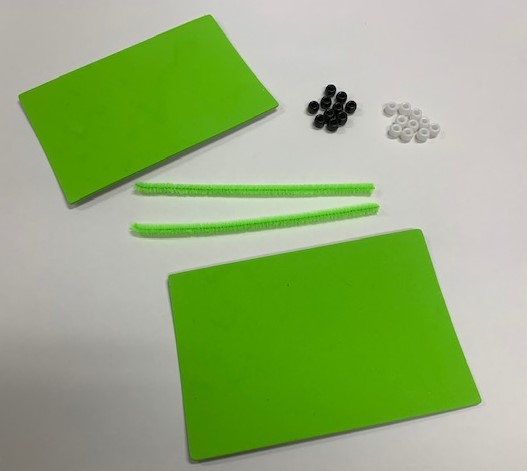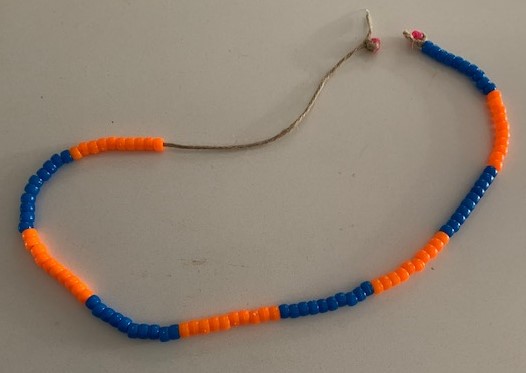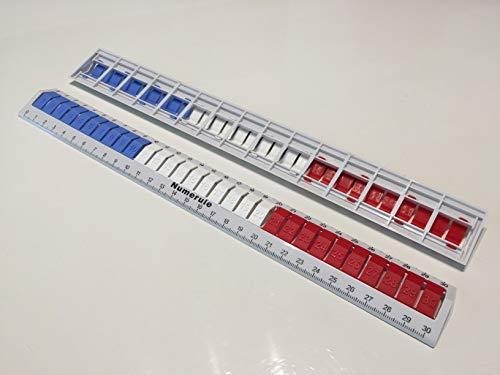Why we need to do Number Talks
One of the proficiencies in the Australian Curriculum is reasoning. This is a tricky aspect of mathematics to assess and to ‘see’ happening in a student’s mind.
Too often our students seem to think that in maths they do not need to write sentences, or even to think in sentences.
I believe that this is partly due to the worksheet culture that has seeped into maths teaching. Even in the virtual and online maths programs that are now being promoted the aim is to type in the correct number, no other information is needed, to win or to move on to the next question. Maths textbooks, for the primary years, are often just a collection of worksheets with boxes for the students to fill in.
Even NAPLAN encourages this perception. All the student must do is to write/type in the number. They are not even required to give the correct unit (if needed) as this is already there.

When students move into high school and are confronted by a textbook that is not also a workbook and have to start setting out their work and writing down their thinking, this is extremely challenging for many.
We, teachers, need to create a safe space where students can express and share their thinking. Where they can explore ideas and see alternative ways of approaching problems.
This is where I believe Number Talks come in to play.
Number Talks – what are they?
For those that are not familiar with these here is a (very) quick description:
- A problem or image is shown to the students
- Students have time to look at it and to come to an answer
- The teacher then notes down the students’ answers
- The students are then invited to describe their thinking – how they got their answer
Some important points to note:
- The teacher should not pass judgement when collecting the students’ responses to the problem. This is difficult. Teachers are conditioned to react. Either by praising when a student is correct or asking for another response when a student is wrong. Keeping a ‘poker face’, not showing any reaction, as the students give their responses is not easy and needs to be practiced.
- Calculations should be presented horizontally. This is important as the main aim of a number talk is to encourage different ways of thinking. If a problem is presented vertically most students will try to complete the problem using a familiar algorithm.

- This is a mental activity. The students should be solving the problem in their head. (Though I do believe that a mini-whiteboard, Rekenrek or bead-string should be allowed if the problem is complex or the students ask for them.)
- See the references below for more on how to run a Number Talk.
What Number Talks can bring to the classroom
Number Talks can bring a wealth of benefits to the classroom. Below are a few:
Vocabulary
Giving students the correct mathematical terminology and allowing them to use it in context is important. I think we adults underestimate kid’s ability to understand and use sophisticated terms. There is no reason why we cannot teach the terms commutative and associative when we first introduce the concepts. If the teacher is using these terms, in context, regularly the students will too.
Reasoning
As I mentioned above allowing students time to think through a problem and then to express it verbally expands their ability to reason logically.
So often when asked how they know that is the answer students will respond ‘I just know it’.
The Australian Curriculum in its description of what reasoning is uses the verbs: justify, proving, explaining. We need to teach these skills from Foundation. To use this vocabulary and to give the students a forum where they can demonstrate these skills.
Communication
I titled this blog post – why maths should be noisy. I remember my own maths classes in high school. The teacher would talk (well lecture really). A few questions would be answered (only if you put your hand up and did not call out) and then we would sit, in silence, and complete an exercise. This was the model of a good maths lesson.
I feel that the classroom should be noisy with a lot of discussion and, on-task, chatter. Mathematicians do not work in a vacuum. Very few people do.
“If you can teach it you know it” is a phrase I often say to students when they ask how to revise for a test. Similarly, if a student can convince others that their answer is correct and that their method is sound it shows that they have a deep understanding that they can communicate.
Not a Number Talk
When we say ‘Number Talk’ a certain format comes to mind. The structure, use of hand signals etc. But we should be looking at how to get our students talking, thinking, reasoning, communicating more. A ‘Notice and Wonder’ or ‘Which One Does not Belong’ or just a problem from the textbook can be displayed and used a the starting point.
A Number Talk does not just have to follow the traditional format.
For instance, Jo Boaler recently added to her Youcubed site Data Talks, extending this format in to another area of mathematics, away from just number.
Start every lesson with a problem, allow time for thinking and then for discussion and sharing of ideas.
Our lessons should be filled with talk!
References:
http://www.meaningfulmathmoments.com/number-talks.html
https://www.youcubed.org/resource/data-talks/
https://www.nctm.org/Classroom-Resources/Problems-of-the-Week/I-Notice-I-Wonder/
